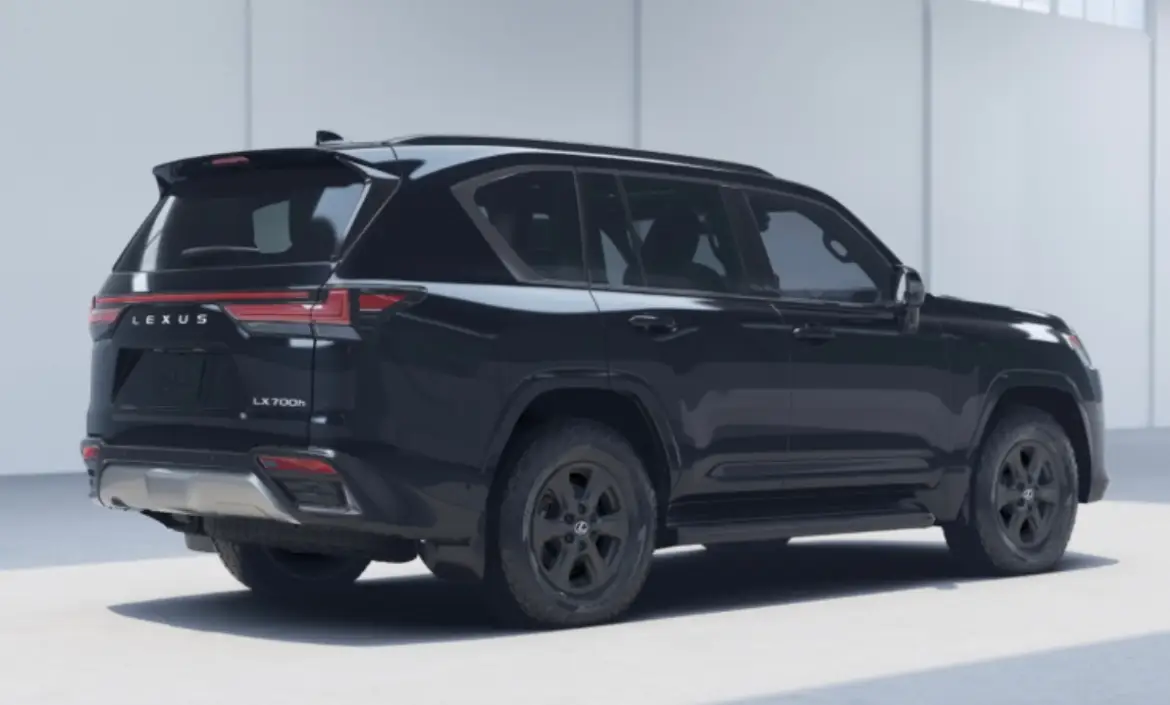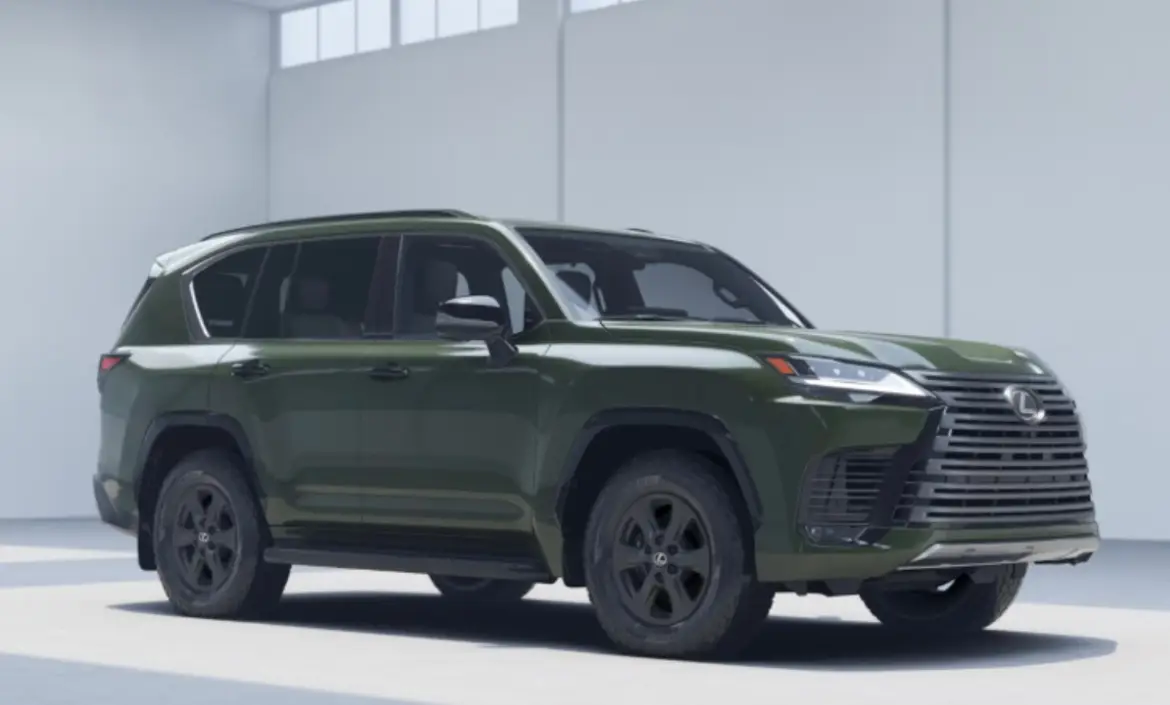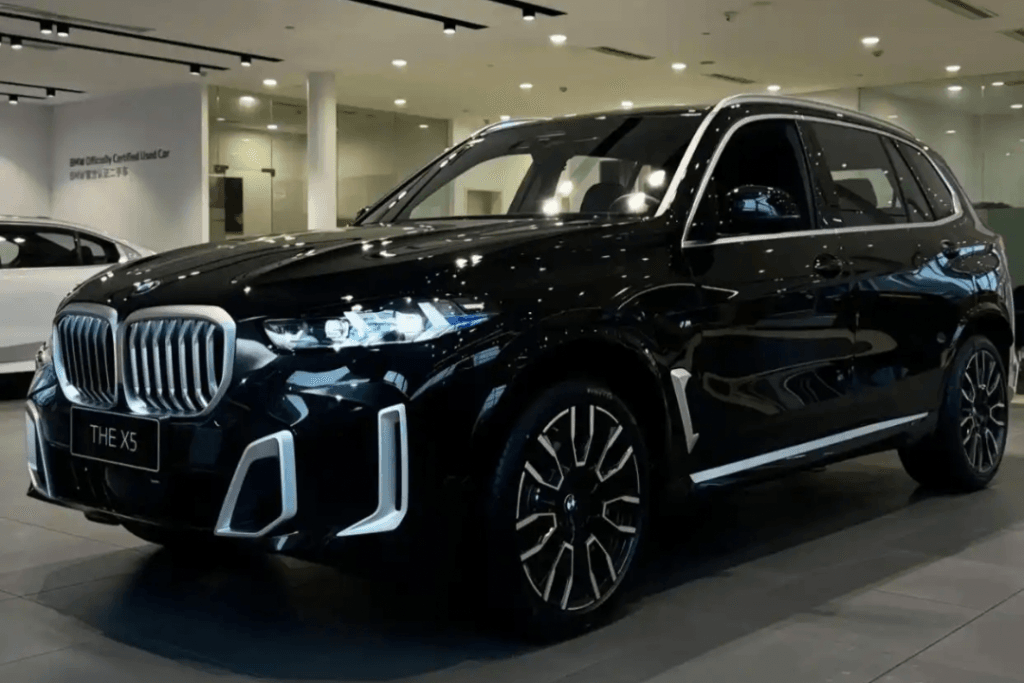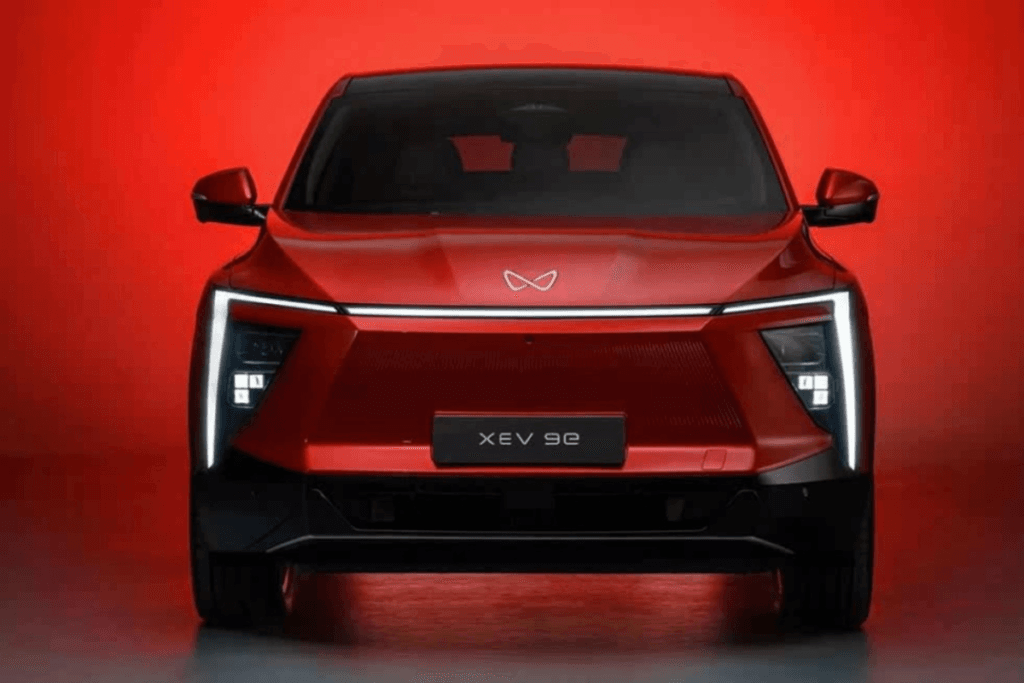Toyota’s models have a variety of hybrid systems, but with the launch of the new Lexus LX700h, a new hybrid system has been born, which is also the first new hybrid system equipped with Lexus.

Previously, the Lexus “LX600” was equipped with a 3.5-liter V6 twin-turbocharged engine and a 10-speed automatic transmission, while the LX700h added a clutch and motor in front of the 10-speed automatic transmission, with a maximum motor output of 40kW and a maximum torque of 290N・m. The components of this longitudinal hybrid system are: engine-clutch-motor-torque converter-speed transmission mechanism from front to back.
The hybrid system is a “single motor parallel type” that allows electric vehicle driving using only the motor when the clutch is disengaged. During deceleration, the motor can be used for regeneration (electricity generation). In addition, when the clutch is engaged, the vehicle can run on the engine alone (motor operation) or in hybrid mode, adding the motor torque to the engine.

In fact, a single-motor parallel hybrid transmission that adds a clutch and motor to a vertically mounted 10-speed automatic transmission already exists and is already used on the Toyota Tundra. Pickup trucks like the Tundra need to have strong off-road capabilities and also have towing requirements, requiring long-term high-torque operation at extremely low speeds. To meet this requirement, a torque converter torque amplification function is added to the motor.
There is a precedent under the Toyota brand, but it is the first time to apply it under the Lexus brand. In addition, the alternator and starter, which were not installed on previous Lexus parallel hybrid vehicles, are also equipped as standard. Even if the hybrid system fails, the starter can be used to start the engine. In addition, the electricity generated by the alternator can also be supplied to the 12V auxiliary battery, allowing the vehicle to continue to run on the engine alone.

The LX700h’s hybrid system installs the drive battery (nickel-metal hydride, capacity of about 1.8kWh) under the trunk floor, and the AC inverter is installed in a waterproof tray behind the gearbox. Even in wading situations, the vehicle can still maintain the same wading performance (700mm) as a gasoline engine vehicle. The goal is to create an electric vehicle that can help passengers return safely.
The standard hybrid system developed by Toyota and Lexus is a two-motor series-parallel type, like the one installed in cars such as the Prius. This transverse hybrid system was previously called “THS”, but there is no specific name now, and the general name is “series-parallel hybrid system.”

The system was first used on the first-generation Prius in 1997. Its feature is to use a power distribution mechanism to optimally and efficiently control the engine, generator motor (MG1) and driving motor (MG2) in various driving situations. Until the fourth generation, the generation change was synchronized with the Prius model change, but the fifth generation was first launched on Noah/Voxy, which underwent a model change in 2022, and later on the fifth-generation Prius.

The “multi-stage hybrid system” installed in models such as Toyota Crown sedan and Lexus LS changes the transverse series-parallel hybrid system to a longitudinal system, and adds a 4-speed transmission mechanism (planetary gear + fastening element) of the automatic transmission. Combined with the shift control on the motor side, it achieves 10-speed shift control. One of its characteristics is the increase in driving force at low vehicle speeds.

For models with a transversely mounted hybrid system, the new model adopts “twin turbo hybrid”, which is used in the 2022 Toyota Crown. The power system layout is a single motor parallel type, with the engine, clutch, motor, and 6-speed AT arranged in sequence from the upstream, focusing on driving performance rather than fuel efficiency, and paired with a 2.4-liter turbocharged engine (T24A-FTS). The maximum output power of the system is 257kW (349PS). A motor is also installed at the rear, which can provide supercharging in addition to the turbocharging provided by the front and rear motors, hence the name “twin turbo”.
Toyota/Lexus offers a variety of THS-derived hybrid systems that balance fuel efficiency and drivability, but with a greater emphasis on fuel efficiency, and are tailored to the vehicle’s powertrain layout and characteristics. The Lexus LX700h is equipped with a system that can withstand use in harsh environments.


